Cover
Half-title
Title
Copyright
Contents
Preface
Acknowledgments
Notation
1 Introduction
1.1 A short foray through the pre-MEMS history
1.2 Applications and market
1.3 The ingredients of inertial MEMS
References
2 Transducers
2.1 Anisotropic material properties, tensors, and rotations
2.1.1 Stress, strain, and piezoresistivity
Hooke's law
Normal stresses
Shear stresses
Stress and strain tensors
The stress--strain relation for anisotropic materials
The piezoresistance of silicon
2.1.2 Rotation of coordinate systems
Coordinate frames
The rotation tensor
Transformation of tensors of second order
2.2 Piezoresistive transducers
2.2.1 Piezoresistors
2.2.2 Piezoresistors on silicon
Thin piezoresistors
Temperature compensation in piezoresistors
2.2.3 Piezoresistors on polysilicon
2.3 Piezoelectric transducers
2.3.1 The piezoelectric effect
2.3.2 Piezoelectric equations
Piezoelectric sensors in MEMS
2.4 Capacitive transducers
2.4.1 Electrostatic forces
2.4.2 Parallel-plate capacitors
Capacitance sensing
The pull-in effect
2.4.3 Tilting-plate capacitors
Nonlinear distortions
Instabilities of a singular tilting plate
Instabilities of the tilting capacitance pair
2.4.4 Comb capacitors
Unidirectional linear combs
Bidirectional actuation
Radial combs
Frame-based capacitors
2.4.5 Levitation
Comb levitation
Levitation in drive combs
Reduction of levitation forces
References
3 Non-inertial forces
3.1 Springs
3.1.1 Beams
3.1.2 The stiffness matrix
3.1.3 The bending equation for beams
Internal forces and moments
Differential relations of a bent beams
3.1.4 Cantilever beams
Cantilevers under different loads
Skew beam bending and asymmetric suspensions
Residual stress in bending beams
3.1.5 Torsion springs
Cylindrical torsion bars
Torsion bars with arbitrary cross-section
Rectangular bars
Cylindrical bars
3.1.6 Stress concentration
3.1.7 Suspensions
Parallel and serial spring connections
Beam chains
Plate suspension
3.2 Damping forces
3.2.1 Fluid-flow models
Continuous viscous flow
Viscosity of gases
Continuous-flow equations
3.2.2 Slide damping
Couette flow for slowly moving plates
Stokes flow for rapidly oscillating plates
3.2.3 Squeeze damping
Reynolds' equation
Low-frequency squeeze damping
High-frequency squeeze damping
The impact of perforation
3.2.4 Drag forces
3.2.5 Free molecular flow
3.2.6 Structural damping
References
4 MEMS technologies
4.1 Microfabrication of inertial MEMS
4.1.1 Basic microelectronic fabrication steps
Deposition
Patterning
Doping
4.1.2 Etching
Isotropic wet etching
Anisotropic wet etching
Electrochemical etch stop
4.1.3 Dry etching
Reactive-ion etching
Deep reactive-ion etching
4.2 Wafer bonding
4.2.1 Zero-level packaging and wafer bonding
4.2.2 Wafer-bonding processes
Fusion bonding
Anodic bonding
Glass-frit bonding
Metallic-alloy seal bonding
Polymer bonding
Thermocompression bonding
4.3 Integrated processes
4.3.1 Bulk micromachining
4.3.2 Surface micromachining
A thick polysilicon process
Cavity sealing using SMM
4.3.3 SOI-MEMS processes
MEMS prototyping processes
4.3.4 CMOS-MEMS
Pre-CMOS MEMS
Intra-CMOS MEMS
Post-CMOS MEMS
References
5 First-level packaging
5.1 FLP packages
5.2 FLP technologies
5.2.1 Dicing and die separation
5.2.2 Die attachment
Packaging materials
Die-attachment-induced stress
5.2.3 Electrical interconnection
5.2.4 Encapsulation
Overmolded plastic packages
Pre-molded plastic packages
References
6 Electrical interfaces
6.1 Sensing electronics – building blocks
6.1.1 The MOS transistor
Drain current
The small-signal model
6.1.2 Operational and transconductance amplifiers
A simple transconductance amplifier
Models of operational and transconductance amplifiers
The real Op Amp
Instrumentation amplifiers
6.2 Sensor interfaces
6.2.1 Resistive interfaces
6.2.2 Piezoelectric interfaces
6.2.3 Capacitive interfaces
Principles of capacitive sensing
Current sensing
Voltage sensing
Charge sensing
Comparison and improvements
Switched-capacitor sensing
6.3 Data converters
6.3.1 Sampling and hold
6.3.2 Single-sample conversion in the amplitude domain
6.3.3 Time-domain conversion
Pulse-width and pulse-density modulation
Converters
References
7 Accelerometers
7.1 General measurement objectives
7.2 The spring–mass system
7.2.1 The transfer functions
The trade-off between sensitivity and bandwidth
7.2.2 Accelerometer imperfections
A simplified accelerometer model with imperfections
Cross-coupling
7.2.3 Accelerometer feedback control
The linearized feedback model
The signal-to-noise ratio
Closed-loop dynamics
7.2.4 Feedback control with nonlinear actuators
Bidirectional capacitive actuators
Single-sided actuators
Linearization and embedded converters
7.3 Resonant accelerometers
7.3.1 Resonant beams
Resonance vibration – exact solution
Resonance frequencies by the energy method
7.3.2 Resonant accelerometer systems
7.4 Beam accelerometers
7.4.1 Beam dynamics
The principle of virtual work
Eigenmode expansion
Damping and electrostatic forces
Static deflection
7.4.2 Model implementation
The impact of nonlinear damping
Feedback control
7.5 Various other accelerometer principles
7.5.1 Tunneling accelerometers
7.5.2 Convective and bubble accelerometers
7.6 From 1D to 6D accelerometers
7.6.1 1D accelerometers
Piezoresistive accelerometers
Capacitive accelerometers
Piezoelectric accelerometers
7.6.2 2D and 3D accelerometers
Parallel implementation
2D and 3D accelerometers with multi-DOF sensing elements
7.6.3 6D accelerometers
References
8 Gyroscopes
8.1 Some basic principles
8.2 Kinematics of gyroscopes
8.2.1 Platform rotation and angular velocity
8.2.2 Body rotation in a non-inertial system
8.2.3 The angular-momentum theorem
8.2.4 The momentum equation
8.2.5 The small-angle approximation
8.3 The performance of gyroscopes
8.4 Rate-integrating gyroscopes
8.4.1 Two-DOF gyroscopes
8.4.2 The principle of angular gyroscopes
8.4.3 An imperfection model
8.4.4 Imperfection in angular gyroscopes
8.4.5 Gyroscope control
8.5 Rate gyroscopes
8.5.1 System architecture
The drive resonator
Sensing
8.5.2 Resonance sensing
8.5.3 Non-resonant sensing
8.5.4 Noise
8.5.5 The zero-rate output
Mechanical bias sources
Q-bias
The impact of transducer imperfections
R-bias
Other bias sources
8.5.6 Bias stability
8.5.7 Acceleration suppression and tuning forks
Anti-phase-driven identical gyroscopes
Tuning-fork gyroscopes
8.5.8 Drive-motion control and spring nonlinearities
The phase-locked loop
The amplitude loop
Spring nonlinearities and the resonator transfer function
8.6 Gyroscope architectures
8.6.1 Mode-decoupling architectures
8.6.2 z-Gyroscopes
Mode decoupling by frame-based architectures
Doubly decoupled z-gyroscopes
8.6.3 In-plane-sensitive gyroscopes
In-plane-sensitive linear gyroscopes
Linear–rotatory gyroscopes
8.6.4 Torsional gyroscopes
1D torsional gyroscopes
Decoupled torsional gyroscopes
8.7 Non-planar MEMS gyroscopes
8.7.1 Beam gyroscopes
8.7.2 Quartz tuning forks
8.7.3 Ring gyroscopes
8.7.4 Bulk acoustic-wave gyroscopes
8.8 2D and 3D gyroscopes and ways towards a 6D IMU
8.8.1 Single-mass multiple-DOF inertial sensors
Gyroscope-free, single-mass IMUs
Single-mass, gyroscope-based IMUs
5D inertial sensors
8.8.2 2D gyroscopes
8.8.3 3D gyroscopes
A fully decoupled 3D gyroscope and extension towards an IMU
References
9 Test and calibration
References
Concluding remarks
References
Index
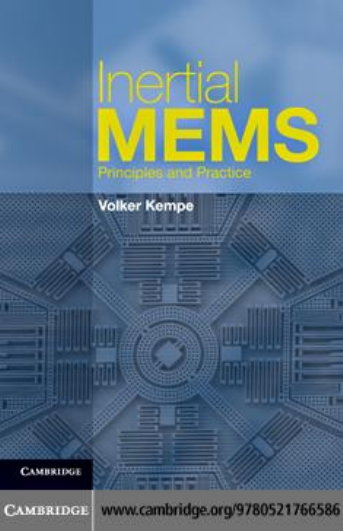

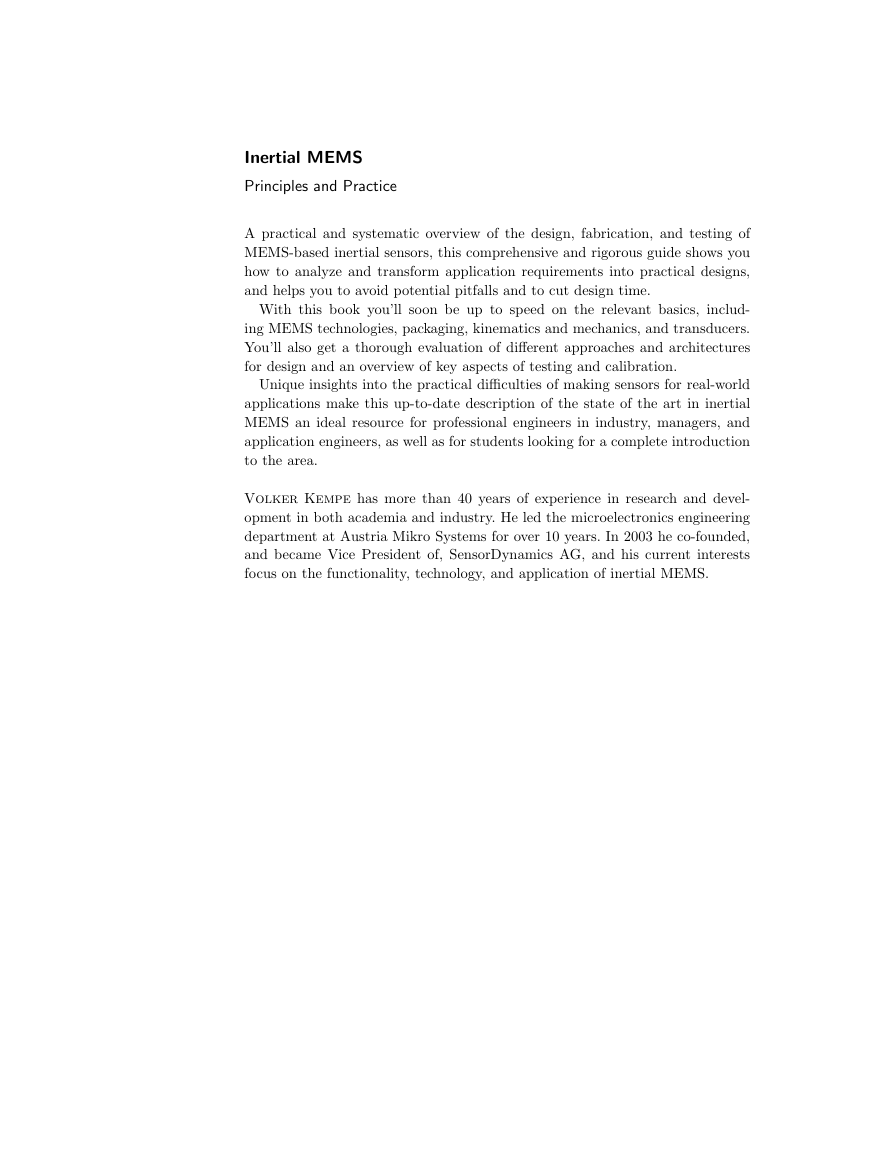

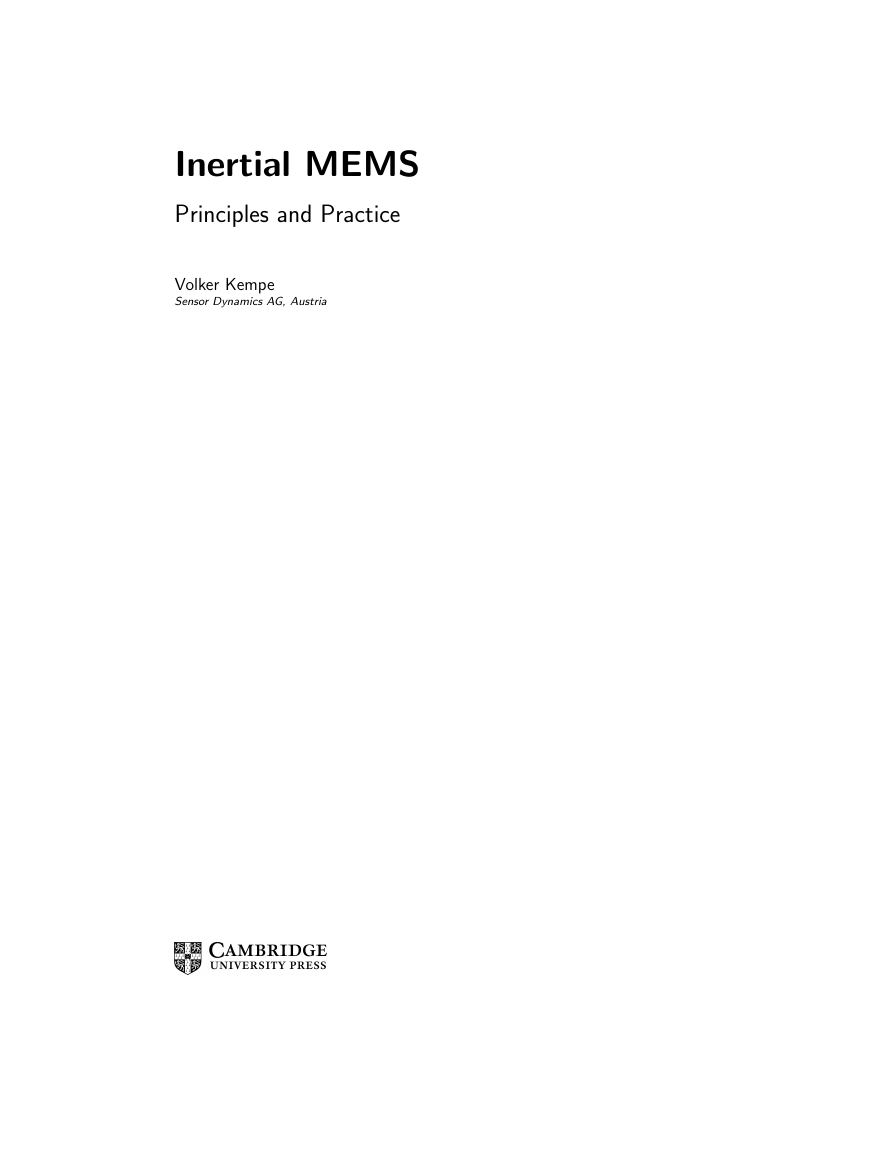
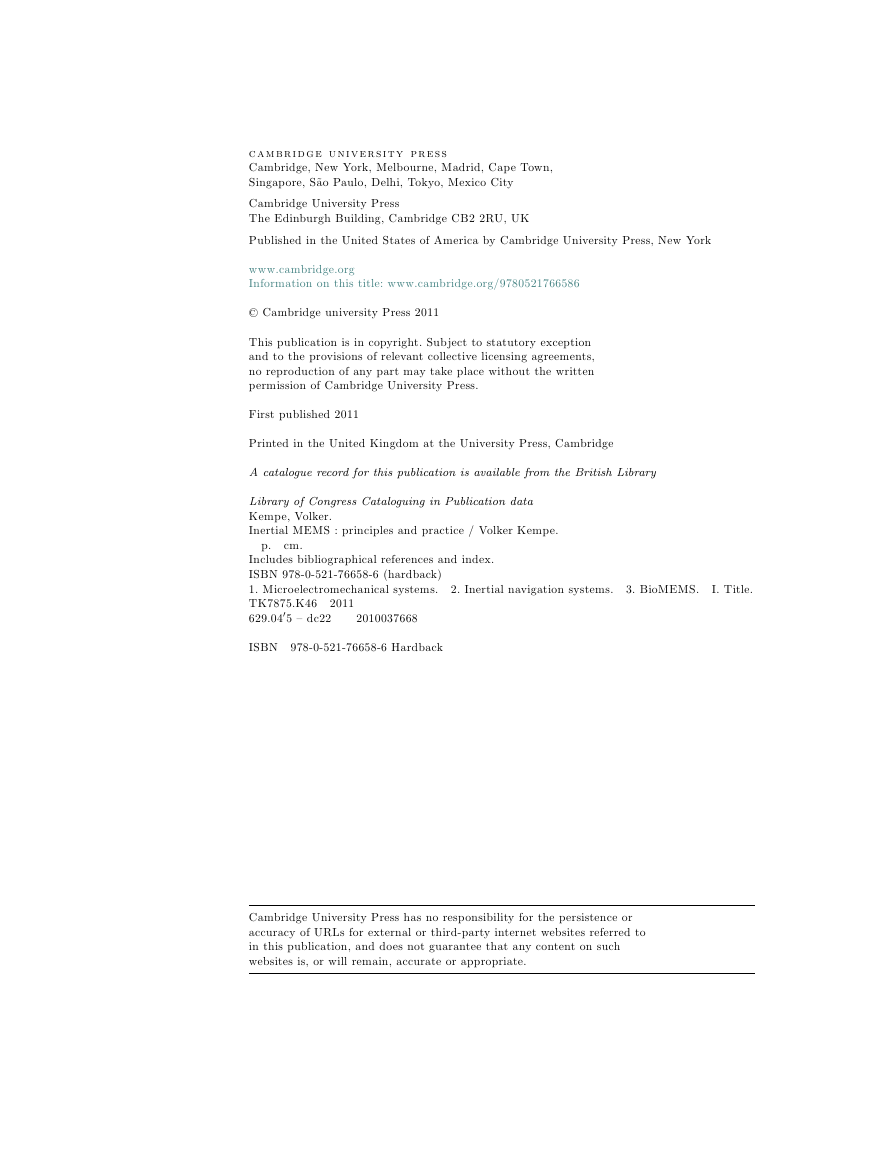
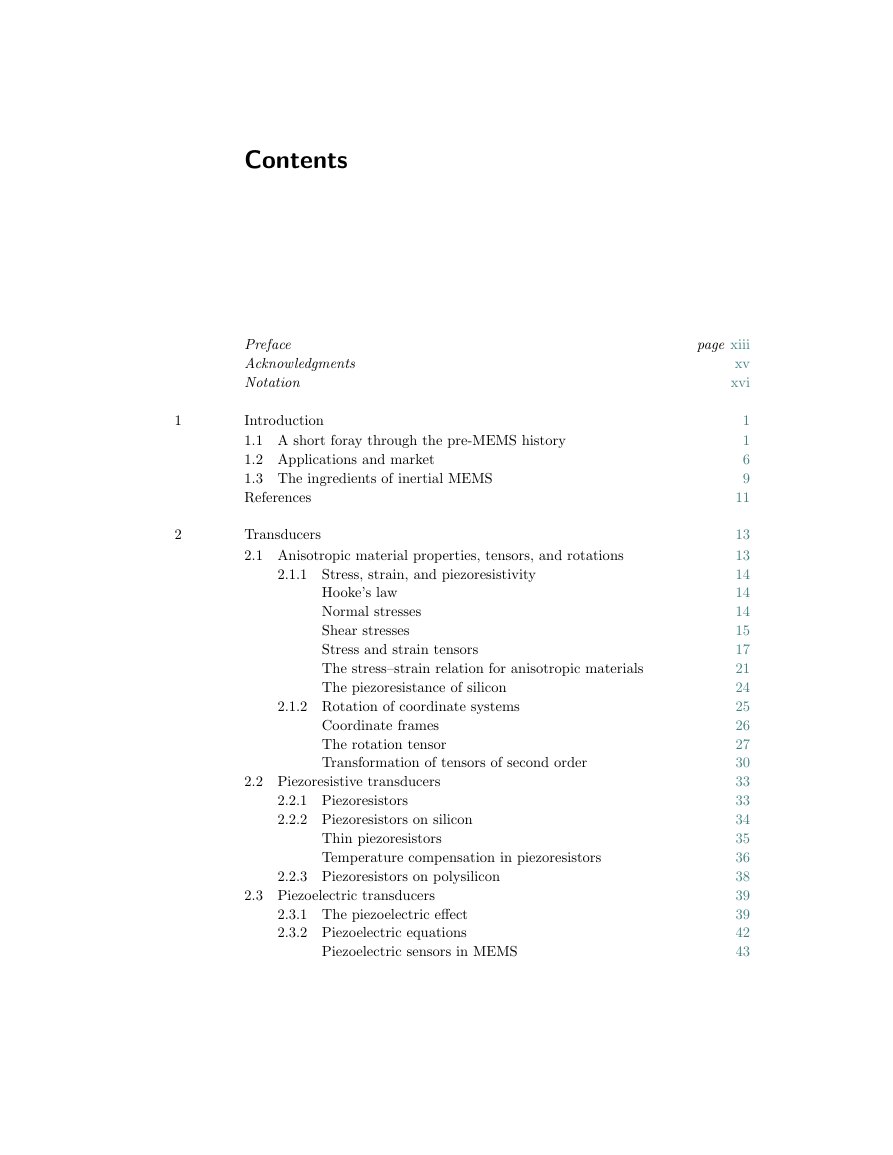
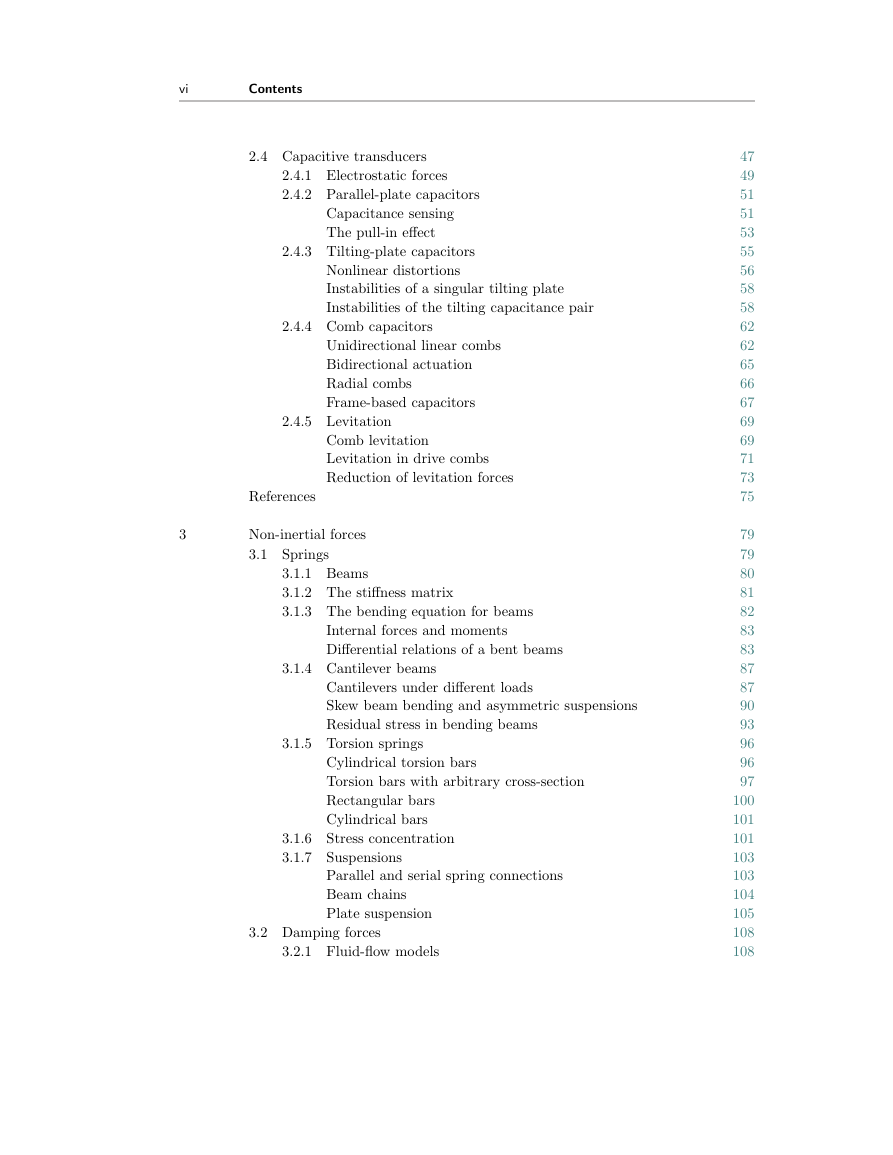








 2023年江西萍乡中考道德与法治真题及答案.doc
2023年江西萍乡中考道德与法治真题及答案.doc 2012年重庆南川中考生物真题及答案.doc
2012年重庆南川中考生物真题及答案.doc 2013年江西师范大学地理学综合及文艺理论基础考研真题.doc
2013年江西师范大学地理学综合及文艺理论基础考研真题.doc 2020年四川甘孜小升初语文真题及答案I卷.doc
2020年四川甘孜小升初语文真题及答案I卷.doc 2020年注册岩土工程师专业基础考试真题及答案.doc
2020年注册岩土工程师专业基础考试真题及答案.doc 2023-2024学年福建省厦门市九年级上学期数学月考试题及答案.doc
2023-2024学年福建省厦门市九年级上学期数学月考试题及答案.doc 2021-2022学年辽宁省沈阳市大东区九年级上学期语文期末试题及答案.doc
2021-2022学年辽宁省沈阳市大东区九年级上学期语文期末试题及答案.doc 2022-2023学年北京东城区初三第一学期物理期末试卷及答案.doc
2022-2023学年北京东城区初三第一学期物理期末试卷及答案.doc 2018上半年江西教师资格初中地理学科知识与教学能力真题及答案.doc
2018上半年江西教师资格初中地理学科知识与教学能力真题及答案.doc 2012年河北国家公务员申论考试真题及答案-省级.doc
2012年河北国家公务员申论考试真题及答案-省级.doc 2020-2021学年江苏省扬州市江都区邵樊片九年级上学期数学第一次质量检测试题及答案.doc
2020-2021学年江苏省扬州市江都区邵樊片九年级上学期数学第一次质量检测试题及答案.doc 2022下半年黑龙江教师资格证中学综合素质真题及答案.doc
2022下半年黑龙江教师资格证中学综合素质真题及答案.doc